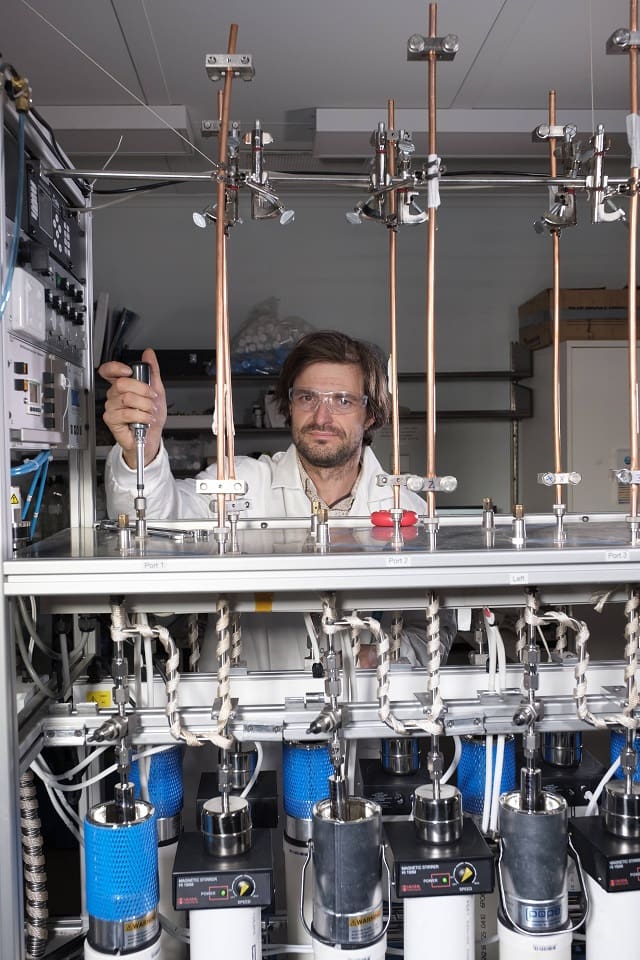A UNIQUE new facility at the University of Adelaide will help protect Australia’s precious groundwater from overuse and contamination, and contribute to our understanding of the impact of climate change through measurements on Antarctic ice cores.
A collaboration between CSIRO and the University of Adelaide, the Atom Trap Trace Analysis (ATTA) facility uses advanced laser physics to count individual atoms of the noble gases, such as Argon and Krypton, that are naturally found in groundwater and ice cores.
Measuring the ultra-low concentrations of these radioactive noble gases allows researchers to understand the age, origin and interconnectivity of the groundwater and how it has moved underground through space and time.
This is the first Atom Trap Trace Analysis facility in the Southern Hemisphere and, combined with CSIRO’s complementary Noble Gas Facility at the Waite campus in Adelaide, gives Australia one of the most comprehensive noble gas analysis capabilities in the world.
“Australia relies on its groundwater for 30 per cent of its water supply for human consumption, stock watering, irrigation and mining,” said Professor Andre Luiten, director of the University’s Institute for Photonics and Advanced Sensing which houses the ATTA facility.
“With climate change and periods of prolonged drought, surface water is becoming increasingly more unreliable and the use of groundwater is rising. We need to make sure it’s sustainable,” he said.
“Because noble gases don’t easily react chemically, they are the gold standard for environmental tracers to track groundwater movements.
“Before this new facility, researchers wanting to measure these ultra-low concentrations of noble gases had to rely on a very small number of overseas laboratories which can’t meet demand for their services.”
CSIRO senior principal research scientist Dirk Mallants said the new ATTA facility would enable researchers to determine how old groundwater is from decades and centuries up to one million years.
“This allows us to understand the sources of water, where it comes from and what the recharge rates are,” Dr Mallants said.
“That then allows us to make decisions about sustainable extraction.
“This is critical where development of any kind might use or impact groundwater systems – from urban development where groundwater systems are used to supply communities, to agricultural and mining development.
“It will provide Australian researchers, government and industry with unique capability of collaboration on national water challenges.”
The new ATTA facility is partially funded under the Australian Research Council’s Linkage, Infrastructure, Equipment and Facilities scheme.
Energy, mining and resources is a key industry engagement priority for the University of Adelaide and environmental sustainability is a research focus.
The CSIRO, Australia’s national science agency, and the University of Adelaide in 2017 announced a new agreement to work together to tackle some of the big issues facing Australia and the region.
The two organisations agreed to build collaborations to advance research in key areas of mutual strength, with significant potential benefit to the Australian economy, society and environment.
Sources: University of Adelaide, CSIRO




HAVE YOUR SAY